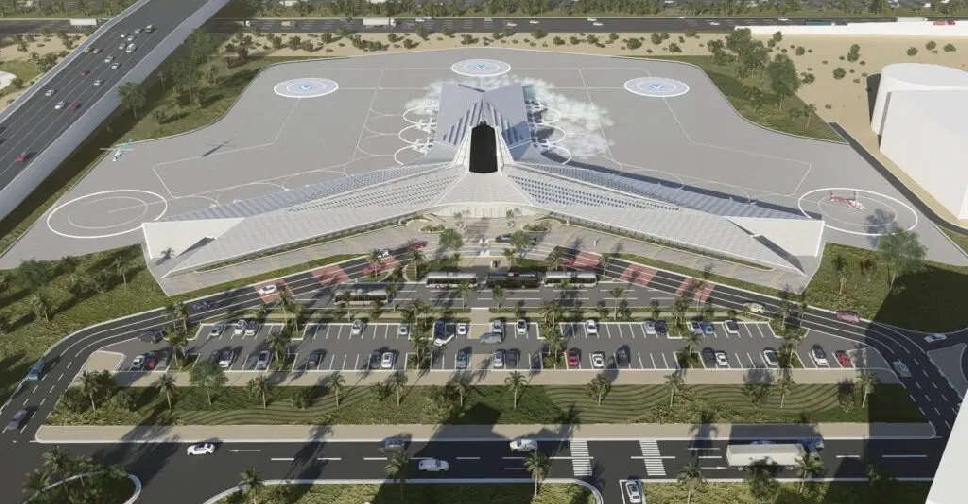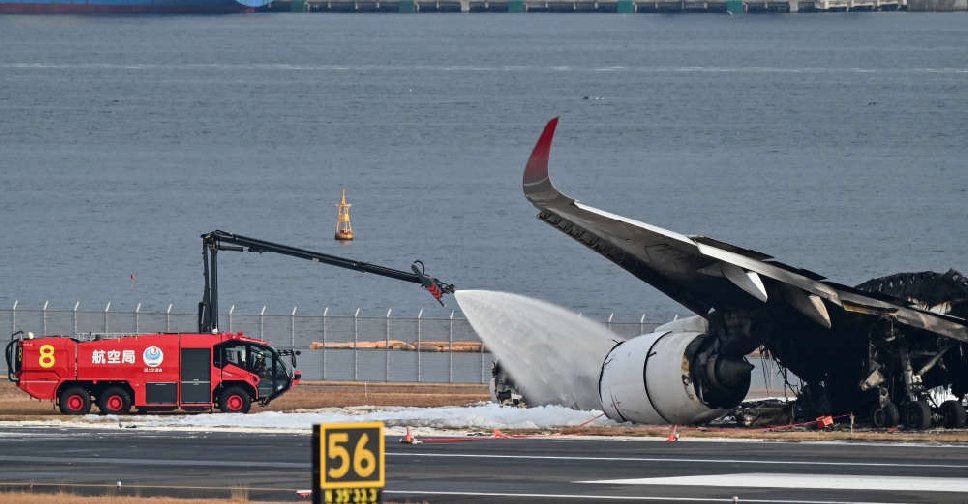
Japan's transport authorities began inspecting on Wednesday the charred remains of a passenger jet and a coast guard plane that collided at a Tokyo airport, while media said police were also investigating possible professional negligence in the case.
All 379 people aboard the Japan Airlines (JAL) Airbus A350 had a miraculous escape after it erupted in flame following Tuesday's crash with a De Havilland Dash-8 Coast Guard turboprop shortly after landing at Haneda airport.
But five died among the six Coast Guard crew responding to a major earthquake on the west coast, while the captain, who escaped the wreckage, was badly injured.
Such runway collisions, once a recurring safety problem, have become far less frequent, say aviation experts, thanks to modern ground tracking technology and procedures.
Japanese authorities say the cause of the crash is unclear.
The Japan Safety Transport Board (JTSB) is investigating the incident, with participation by agencies in France, where the Airbus airplane was built, and Britain, where its two Rolls-Royce engines were made, people familiar with the matter said.
The JTSB has recovered flight and voice recorders from the coast guard aircraft, Kyodo news agency said, citing the agency.
Tokyo police are investigating whether possible professional negligence led to deaths and injuries, several media, including Kyodo and the Nikkei business newspaper, said.
Police set up a special unit airport to investigate the runway and planned to interview those involved, a spokesperson said, but declined to say if they were examining the negligence concerns.
"There's a strong possibility there was a human error," said aviation analyst Hiroyuki Kobayashi, who is a former JAL pilot.
"Aircraft accidents very rarely occur due to a single problem, so I think that this time too there were two or three issues that led to the accident."
At a series of press conferences since the crash, officials and airline executives have been asked what information crew received from traffic control and why both planes ended up on the same runway.
In a statement on Wednesday, JAL said the aircraft recognised and repeated the landing permission from air traffic control before approaching and touching down.
All passengers and crew were evacuated within 20 minutes of the crash, but the aircraft, engulfed in flames, burned for more than six hours, the airline said.
The JAL plane - flight 516 - was told to continue its approach to runway 34R at 5:43 p.m. (0843GMT), and was given clearance to land at 5:45 p.m.
That was two minutes before authorities say the collision occurred on the same runway at 5:47 p.m., according to air traffic control recordings posted at liveATC.net.
"Clear to land 34R Japan Airlines 516," a controller can be heard saying in one recording, referring to the passenger jet by its flight number.
The civil aviation bureau of Japan's transport ministry did not immediately provide comment. Earlier, an official at Haneda airport had referred Reuters to the bureau.
Public broadcaster NHK was among media that said officials had offered conflicting reports on the instructions given to the coast guard plane, raising questions over whether it was told to approach and stop before the runway or take off.
The Coast Guard has declined to comment on the circumstances of the crash.
Reuters could not clearly make out air traffic control instructions given to the Coast Guard plane on recordings from liveATC.net.
The plane, one of six Coast Guard aircraft based at the airport, had been due to deliver aid to regions hit by Monday's earthquake of magnitude 7.6 that has killed 64, while survivors face freezing temperatures and prospects of heavy rain.
The accident forced the cancellation of 116 domestic, and four international, flights on Wednesday, the government said.
But emergency flights and high-speed rail services were helping to ease the congestion, Chief Cabinet Secretary Yoshimasa Hayashi told reporters.
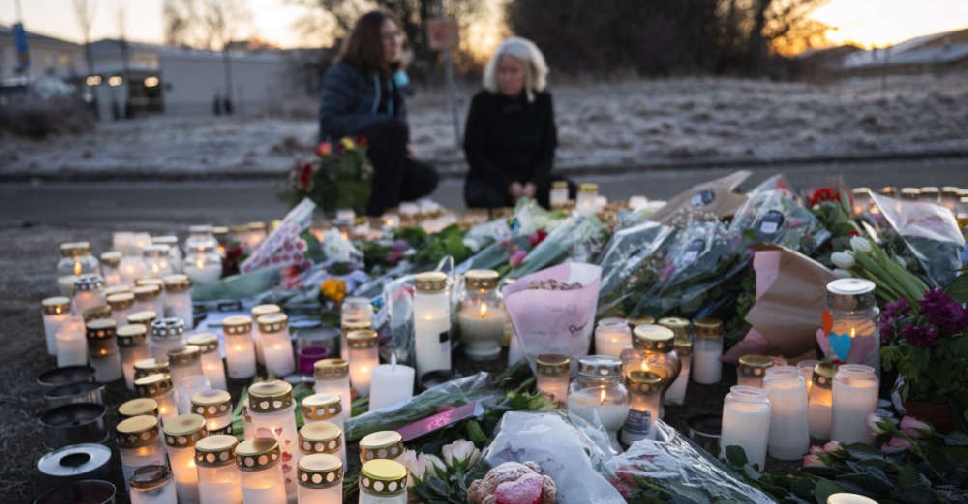 Sweden honours mass shooting victims and searches for answers
Sweden honours mass shooting victims and searches for answers
 UN says renewed Gaza hostilities must be avoided
UN says renewed Gaza hostilities must be avoided
 Trump raises tariffs on aluminum and steel imports
Trump raises tariffs on aluminum and steel imports
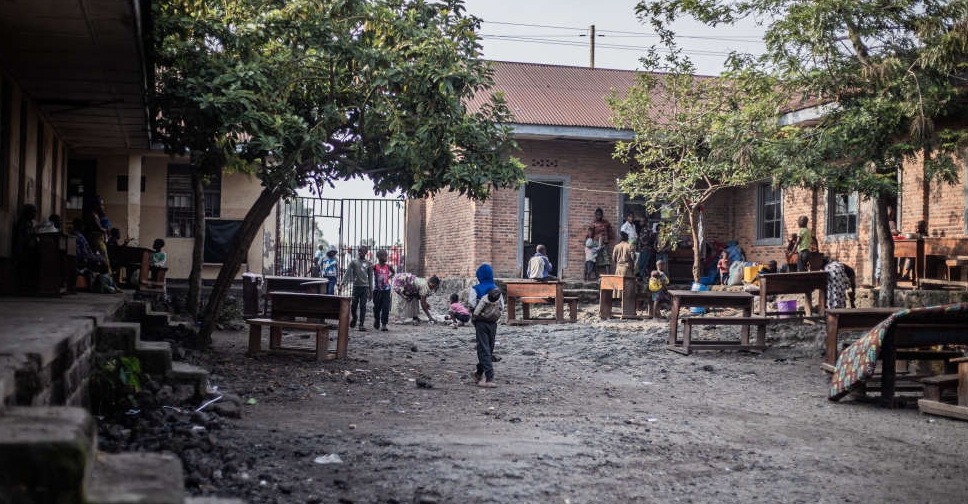 35 civilians killed in east Congo
35 civilians killed in east Congo
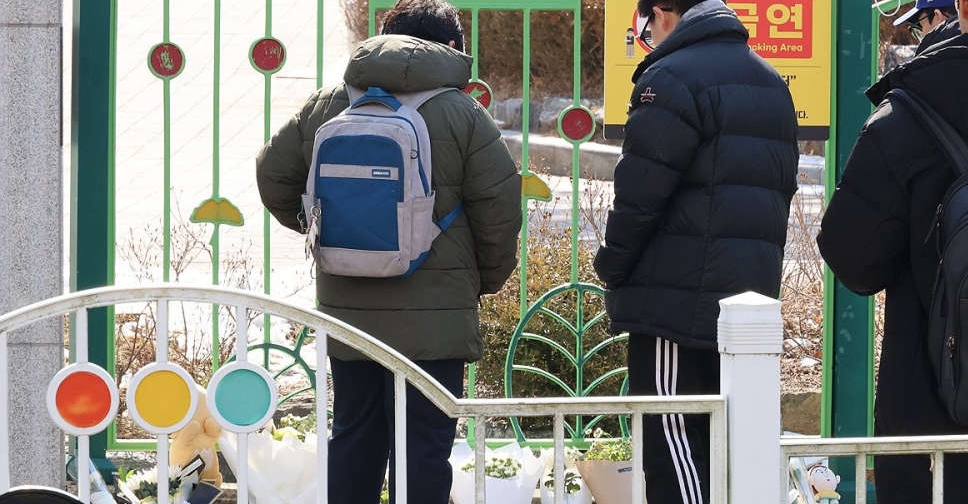 South Korean teacher admits to stabbing girl to death
South Korean teacher admits to stabbing girl to death


